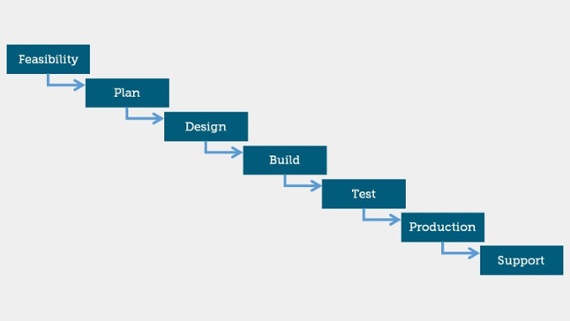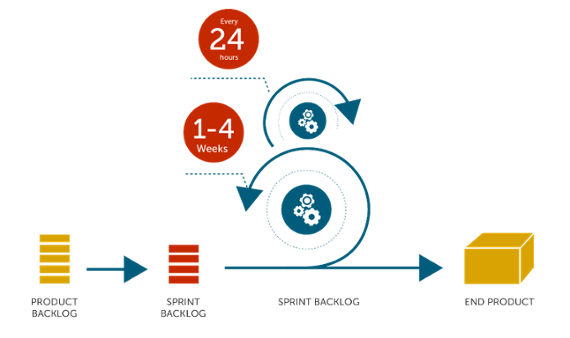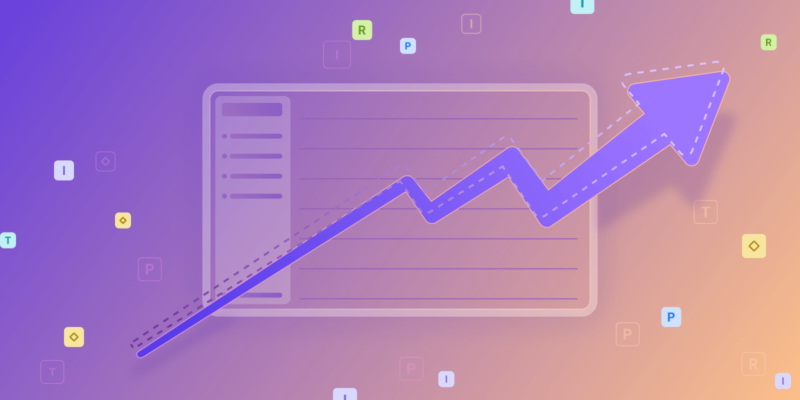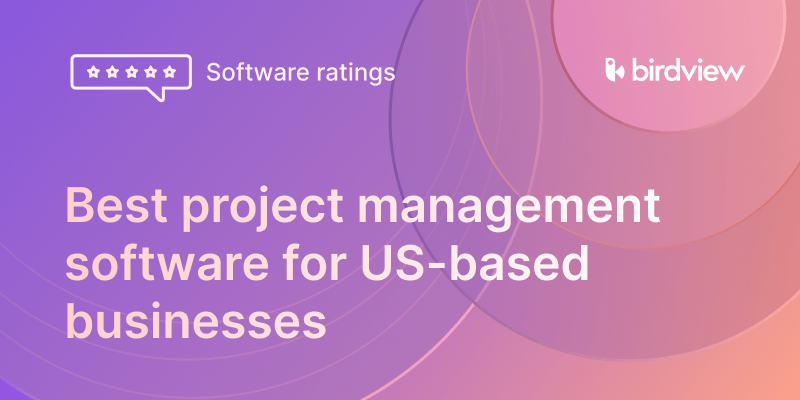There is a lot of debate in the PM universe around the topic “which PM methodology is superior?” and why. The thing is though, there is no such thing as “the best PM methodology”.
Each methodology was originally created to deal with a specific project that had specific requirements, which needed to be taken into account during the whole project lifecycle. This essentially means that a project methodology should be chosen to handle a project based on the requirements, lifecycle and end goals of the project.
Today, we will compare the Waterfall and Agile methodologies, understand their pros and cons and what type of project is most suited for each methodology.
Waterfall
The waterfall methodology is the simplest way that a PM can approach a project. This is a one of sequential project management methodologies, during which each phase of the project (feasibility, planning, designing, building, testing, production and maintenance) is completed before moving on to the next one, just like a waterfall. The idea of the methodology originated from the standard workflow process of construction and manufacturing industries, where each project has a set, structured, stage-by-stage approach.

Source: manifesto
Waterfall is known and loved for its straightforwardness and ease of use, and is mainly used for simple, unchanging projects.
Advantages of waterfall:
Easy to follow and manage – Thanks to Waterfall being so straightforward and having the same structure and approach every time, regardless of what project you are doing, it‘s super easy to understand, follow and manage. Nobody needs to have any prior knowledge or education concerning one of top project management methodologies before starting to work with it. It‘s also very solid in terms of deliverables and revisions (each phase has a specific list of tasks/actions/milestones that need to be done before you can move on), so it‘s easy to control.
Less risks – Every phase of the methodology requires a certain amount of tasks to be completed and reviewed, which increases the chance to find and correct any mistakes/issues and fix them on the spot, before moving on to the next phase.
Solid documentation – Waterfall puts great emphasis on documentation for every phase, which makes it easy to communicate your approach to clients and stakeholders. Plus, clients can always refer to the docs whenever they need more detailed information (like cost, size, timeline, etc.).
Disadvantages of waterfall:
Changes can‘t be made easily – Once a project phase is completed, it‘s insanely hard and costly to go back and make any changes in case you need to. For instance, if a software development team designs a product and realizes that a feature is missing, they will have to go all the way back and start from scratch just to incorporate that one single feature.
Long deadlines – Because you can‘t bounce between phases and need to complete each phase before starting the next one, it takes a lot of time to get to the end deliverable or even show a demo to the client.
Accumulating all the data upfront – The first phase of the methodology is probably the most important, and also the hardest one. It requires to communicate with clients and stakeholders, and understand exactly what they want to achieve as an end result. Most of the times though, clients struggle to pinpoint exactly what they want right from the beginning, and make up their minds as the project progresses. Waterfall doesn‘t work with that approach very well.
Agile
Instead of a linear, sequential approach, Agile uses an iterative, incremental one. With this methodology, instead of breaking down the project into phases that need to be completed one after another, you break the whole project into several parts that are planned, designed and delivered separately, and later connected together to form the end product.
The most common variation of Agile is Scrum, during which you break down the project into several parts, and then assign a sprint – two-four weeks of time for that part to be completed – with daily sprints to deliver separate parts for that project.

Source: manifesto
Agile is widely accepted for its ability to implement change effectively, and take into account comments and suggestions from every involved party including client, stakeholders, developers, end users, etc.
Advantages of Agile:
Change is easily implemented – because the project is broken down into separate, small parts that don‘t depend on each other, changes can be implemented easily during any given phase of the project.
No need to know everything upfront – Agile is very effective for projects that don‘t have a clear end goal, since it‘s not essential. As the project progresses, the goal can be deciphered on the go and implemented with ease.
Faster delivery – Breaking the project down into smaller parts allows to focus on quality and timely delivery of each part individually. The team can also conduct tests during each part, which will help identify any issues and fix them more quickly, allowing for more consistent, successful delivery.
Taking into account client and user feedback – Both clients and end users have multiple opportunities to input their feedback and have a positive, solid impact on the end product.
Constant improvements – Agile encourages users, team members and clients to provide their feedback so that different phases of the end product can be reviewed as many times as needed.
Disadvantages of Agile:
Difficult planning – It is often difficult to set clear deadlines for end product delivery, since the project is broken down into different parts and each part has a separate delivery time. On top of that, PMs shift priorities quite often, which can mess up initial planning and add additional sprints to the initial deadline.
Training is required – Agile is more complicated than the linear Waterfall, so it‘s hard for teams to understand and use the methodology well, at least at the beginning. They will require some training in order to get to know the methodology well.
Poor documentation – Since Agile embraces change so heavily, proper documentation often gets neglected because there is no clearly defined expectancies and deliverables. While documentation isn‘t the most important thing ever, it‘s still recommended to keep it in place.
As you can see, both methodologies have their pros and cons, and it‘s all a matter of what kind of project you are dealing with.
Nowadays, Agile is considered to be the more widely accepted PM methodology, which is used to deal with most projects, but that‘s not because it‘s better than waterfall. The real reason is that today, customer experience and their challenges play a vital role for almost any product, which leads to a lot of changes being required during the production phase. This kind of forces PMs to go with Agile, simply because they know that multiple changes are bound to happen during the whole process.
Key takeaway: It‘s a good idea to use Waterfall for projects that you have all the data (from top to bottom) about, and no changes are expected. Whenever you face a project that doesn‘t have a clear end goal and will require constant changes though, go with Agile.



